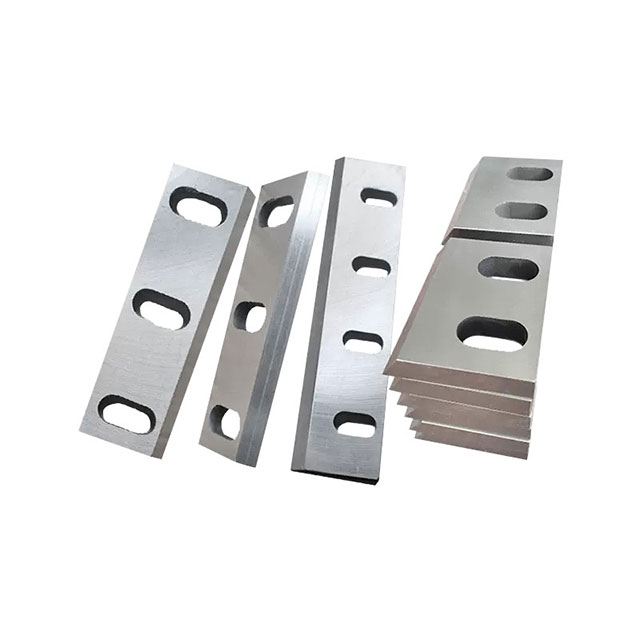Have you ever experienced low shredder efficiency and the need for frequent blade replacement? A high-quality shredder blade not only improves efficiency but also saves you significant maintenance costs. This article will provide an in-depth understanding of the characteristics of different shredder blade types and tips for choosing them.

Professional Classification of Plastic Shredder Blades
Plastic shredder blades are primarily divided into three categories based on their function and structure: shredder blades, high-pressure crusher blades, and granulator blades. Shredder blades pulverize plastic through the shearing action of a rotating and fixed blade; high-pressure crusher blades utilize a combined structure suitable for crushing large plastic products; and granulator blades utilize a combination of spiral rollers and fixed blades to shear linear plastic into uniform particles.
High-quality steel is the foundation of plastic shredder blades. Its hardness is precisely controlled through a precise heat treatment process to meet the requirements of various operating conditions. The choice of materials, such as spring steel, high-speed steel, or tool steel, should be determined based on specific processing requirements. A good heat treatment process is crucial for plastic shredder blades, ensuring the blades achieve the appropriate hardness and minimize internal stress, preventing deformation during use.
Analysis of Shredder Blade Materials and Durability
The durability of shredder blades primarily depends on the material selected. High-strength alloy steel is the most common material due to its excellent hardness and wear resistance, making it resistant to abrasion and impact from hard materials. Carbide, thanks to its composite properties of tungsten carbide and cobalt, excels in handling particularly hard materials, but it is more expensive and has relatively weaker impact resistance.
Blade design also influences durability. Proper blade shape, angle, and edge treatment can improve cutting efficiency and wear resistance. In terms of manufacturing processes, advanced heat treatment techniques can enhance blade hardness and toughness, while precision machining ensures shape and dimensional accuracy. Operating conditions are also important. Material type, humidity, sand content, and workload all affect blade life.
Practical Tips for Extending Blade Life
To ensure optimal performance of shredder blades, regular maintenance is essential. For single-shaft shredder blades, it is recommended to maintain a blade gap of 3-5 mm and a gap between the blade and the liner of 5-8 mm. This ensures effective shredding while preventing excessive load on the equipment.
Select the appropriate blade type for different material characteristics. When processing fibrous materials such as waste fabric and paper, blades with sharp teeth and a thickness of 20-30 mm are more efficient. For plastic shredding, choose the appropriate blade type based on the plastic material and processing volume.
High-quality shredder blades not only improve efficiency but also significantly reduce long-term maintenance costs. Whether it’s a single-shaft shredder blade or a plastic shredder blade, proper selection and usage are key to extending its lifespan.
In summary, how to Choose a Durable and Efficient Professional Blade is influenced by many factors. We offer professional advice based on specific circumstances. If you have any questions, please feel free to contact us.
